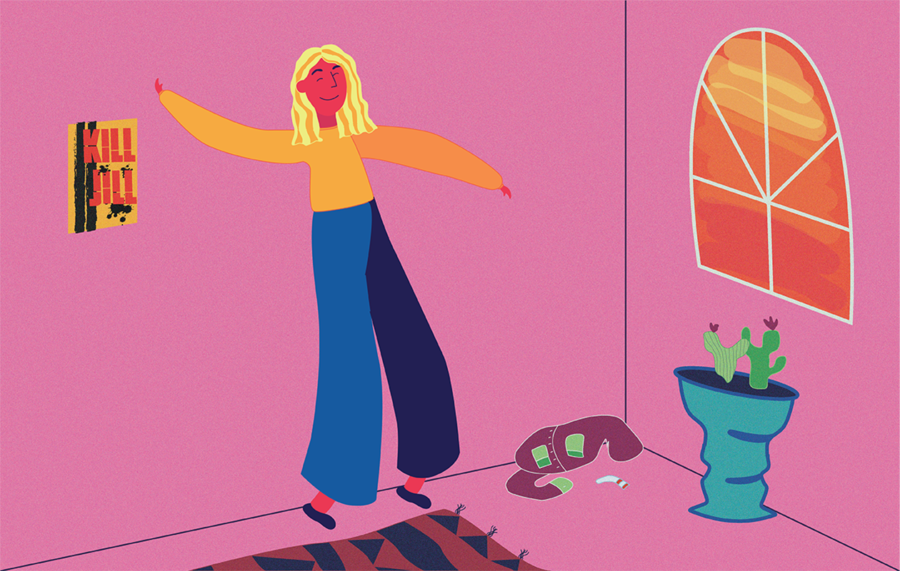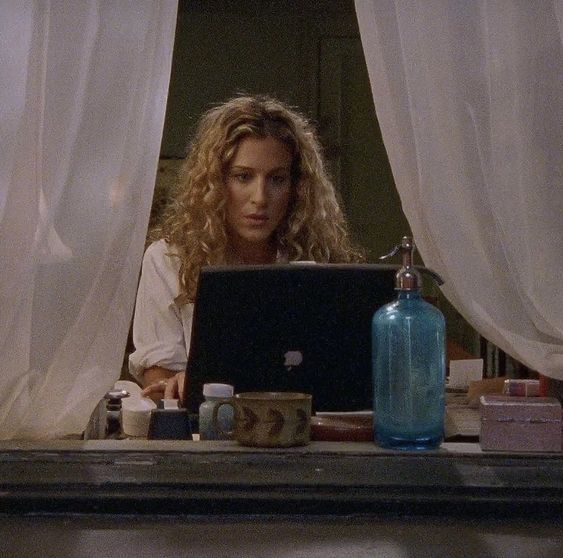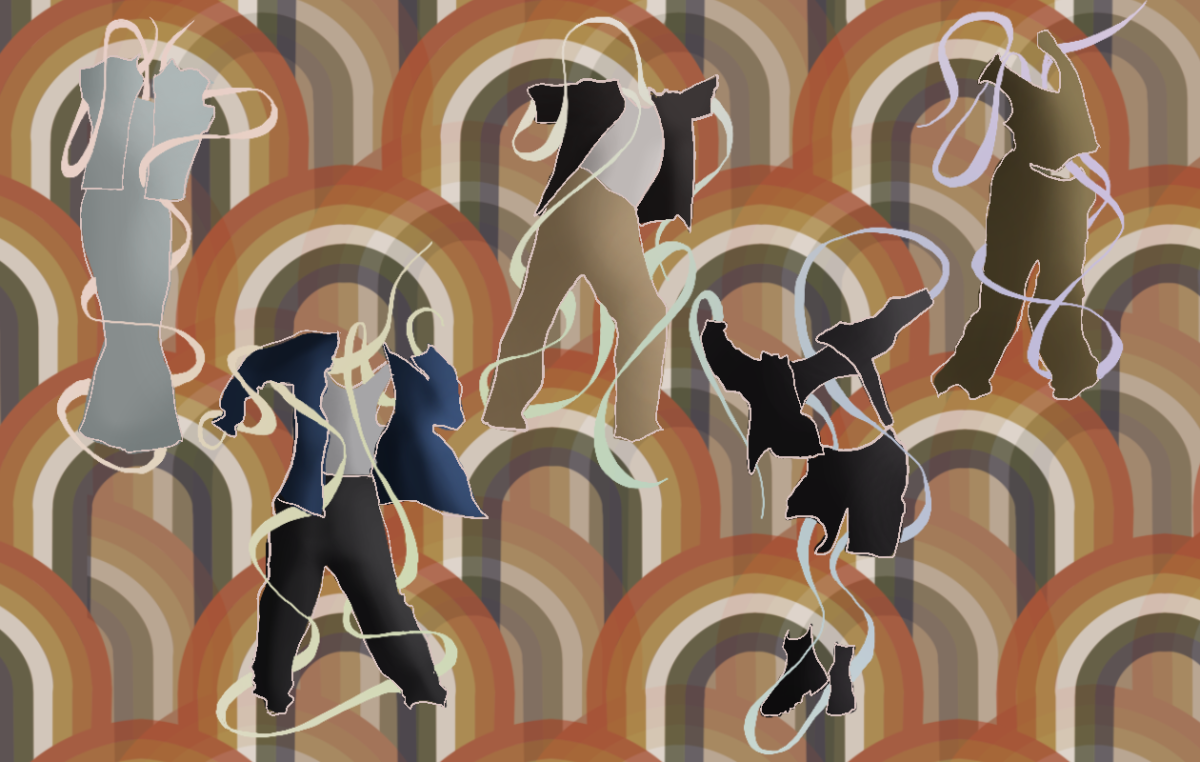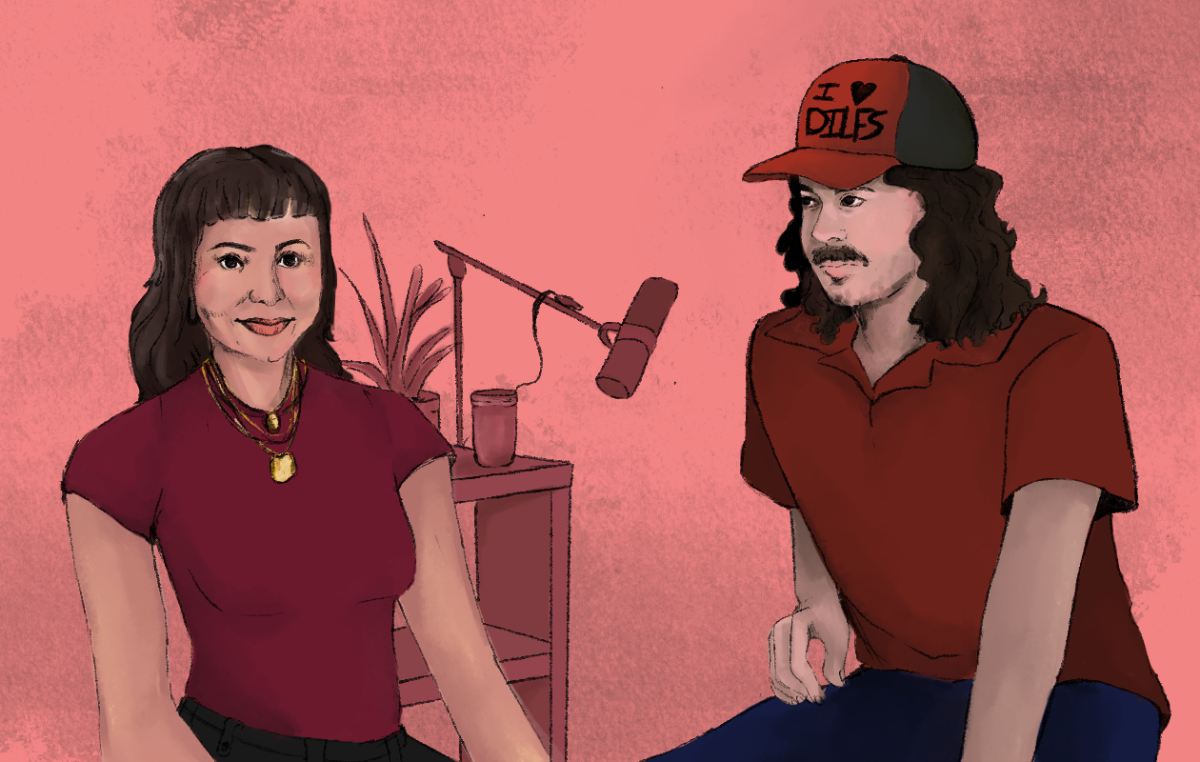Arms flailing, hair flipping, and heart open. It was a performance and my reflection in the mirror was the sole audience member. There was a familiar tinge of nostalgia that lingered. I knew, both the act of dancing alone in my room and the feeling of being entirely loose and carefree, so well. But a decade had passed since I last experienced those feelings.
If you’ve been on TikTok, you’re familiar with the trend where people dance for an allotted amount of time every day in order to manage their emotions and improve mental health. The popularity of this trend is not surprising on this particular platform, considering TikTok’s roots in dancing and music. Many TikTok influencers such as Charli D’Amelio and Addison Rae have built thriving careers on that very act: dancing alone in their room. The difference is that influencers dance for an audience. This trend requires no audience and is only successful if it is entirely self-serving.
So, if people are claiming that dancing helps them feel better, what is the science behind that notion? What exactly are the confirmed health benefits of turning on your favorite tunes and moving your body in a rhythmic pattern alone? I set out to answer this question. What I discovered was that dancing daily truly can be a therapeutic habit. Dancing can help get one out of their head and into their body.
According to MindWise Innovations, “Dance improves your heart health, overall muscle strength, balance and coordination, and reduces depression.” Another source, News Medical stated that, “There’s a growing body of evidence that suggests that dancing is good for people’s mental health.” Between the mental and physical benefits of the daily dancing TikTok trend, I knew that I needed to give it a try. I decided that I would commit to dancing ten minutes every day for a week.
On the first day of my dancing experiment, I was skeptical. I began my allotted ten minutes of dance with a chill, unintimidating tune: Mac Miller’s “I Can See.” The laidback beat helped guide me away from my inhibitions and insecurities. Soon, I was swaying rhythmically and feeling a smile spread across my face.
Once Mac Miller had loosened me up, I turned to The Wombats to light a true fire in me with “Greek Tragedy.” I had gone from apprehensively nodding my head with the beat to dramatically sliding on my knees to the edge of my non-existent stage, arms outstretched to interact with my equally non-existent audience. I ended my first dancing session with everyone’s favorite subtly quarantine-themed song “Supalonely” by BENEE. This was a clear end-note for my performance because I had created somewhat of a choreographed dance for it in my head… this was my chance to make that a reality. I shook, dropped, popped, jumped, strutted and twisted to the infectious rhythm. I felt free. Heart pumping, I knew I had discovered the most effective way to dispel unwanted energy.
From when I was about three and a half years old to when I turned 12, my parents invested in costumes, ballet slippers, tap shoes, blush tights, Bobby pins, leotards and classes in order for me to learn to dance. I loved the fast-paced nature of learning choreography and the intrinsic reward that came with perfecting a difficult step. But when I no longer attended weekly, scheduled classes, I no longer alloted time for myself to dance. Revisiting that part of myself with this experiment was refreshing.
As the days passed, my dancing line-up remained consistent: one song to ease me into it, one song to energize me and a final song as the impressive finale. Each day, I witnessed my unwanted feelings of anxiety and anger leave my mind as my body moved. Each day, the physical demand of ten minutes of extreme dancing became easier on my lungs (I can’t be the only one who has become increasingly out of shape with social distancing). While TikTok may not have all of the answers – much less the cure to mental illness – I’ve found that dancing daily truly can improve mental state.
Pushing play on Stevie Wonder’s hit classic “Love’s in Need of Love Today,” I take my place on the imaginary stage… and dance my heart out until my head is clear and all that remains are the droplets of sweat on my temples.
Support Student Media
Hi, I’m Maria McGinnis, a senior journalism student from Stow, Ohio. I’m also the editor-in-chief of A Magazine. My staff and I are committed to bringing you the most important and entertaining news from the realms of fashion, beauty, and culture. We are full-time students and hard-working journalists. While we get support from the student media fee and earned revenue such as advertising, both of those continue to decline. Your generous gift of any amount will help enhance our student experience as we grow into working professionals. Please go here to donate to A Magazine.







